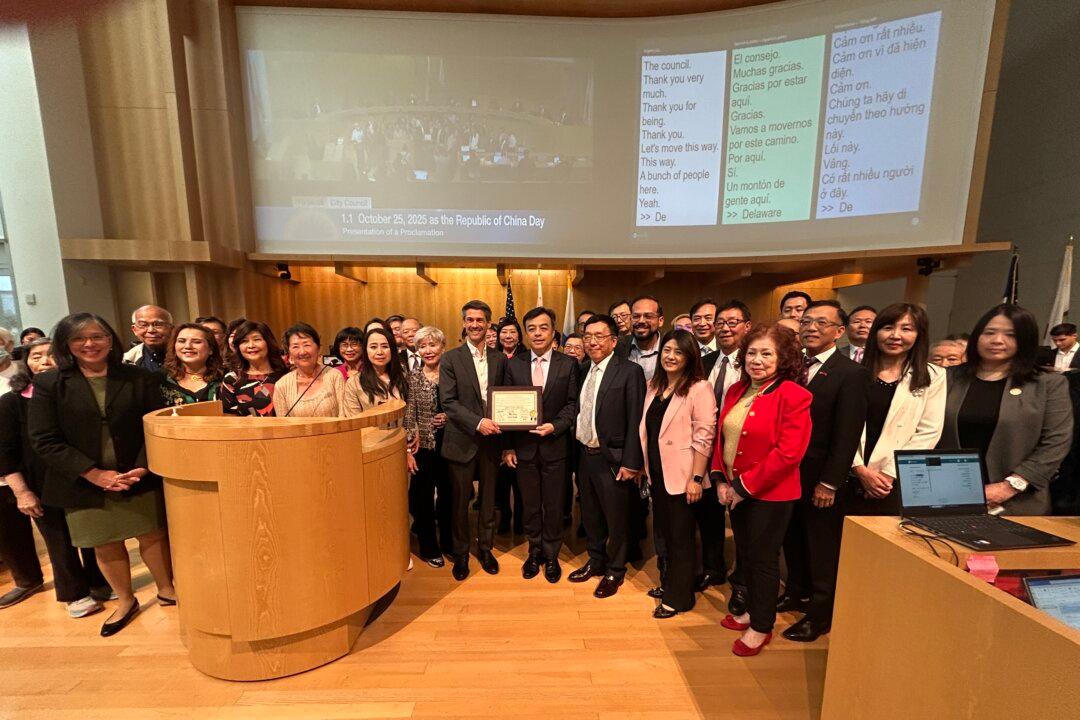In California, various stakeholders have been vying to decide what exactly “age appropriate” means in the state’s guidelines for sex education. Currently, local school districts interpret what is suitable for a given age group.
“I am the expert on my kids,” said Denise Pursche of Clayton City, California, who believes parents should decide what is age appropriate.





